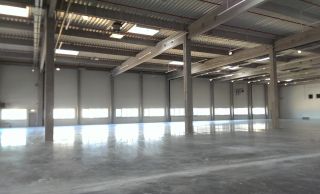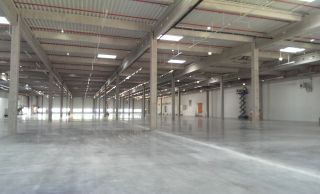Reinforced-concrete
halls
Concrete is one of the most frequently used materials in construction. It is used both in construction and finishing elements. In Europe concrete has many different applications: from simple elements e.g. ceilings, columns, pillars, foundation footings to the most complex applications in civil engineering.
In Poland prefabricated concrete elements are used mainly in the construction of industrial facilities (production plants, warehouses), commercial facilities, public buildings (stadiums, sport halls).
The term “prefabrication” refers to the process of manufacturing construction components which form a building after assembly. The development of prefabrication technologies allows us to erect buildings in different structural configurations, such as:
In Poland prefabricated concrete elements are used mainly in the construction of industrial facilities (production plants, warehouses), commercial facilities, public buildings (stadiums, sport halls).
The term “prefabrication” refers to the process of manufacturing construction components which form a building after assembly. The development of prefabrication technologies allows us to erect buildings in different structural configurations, such as:
- portal structures,
- framework structures,
- stress-skin structures.
- time of construction
- standardisation of a structure
- high quality
- economic arguments
- fire protection



